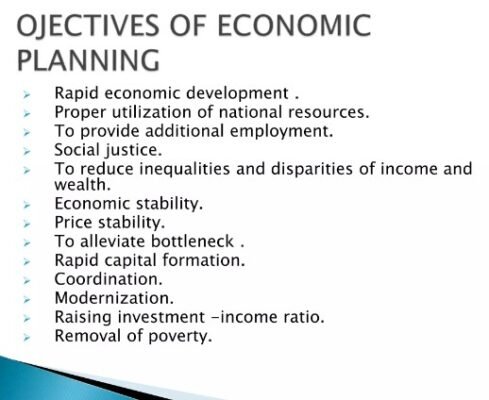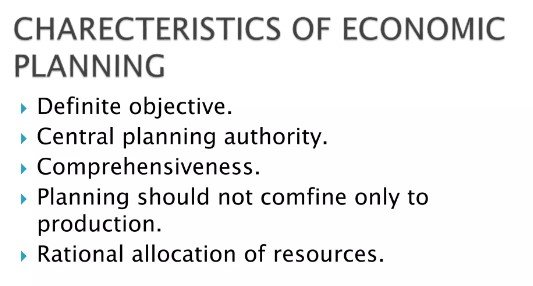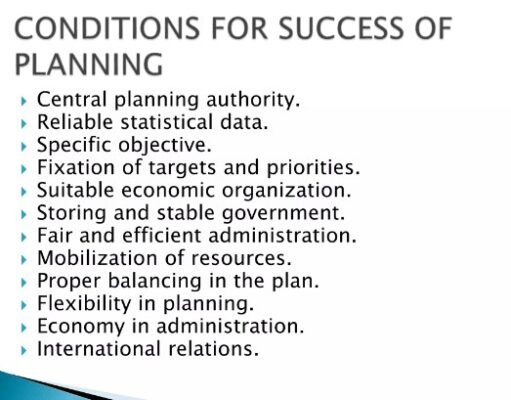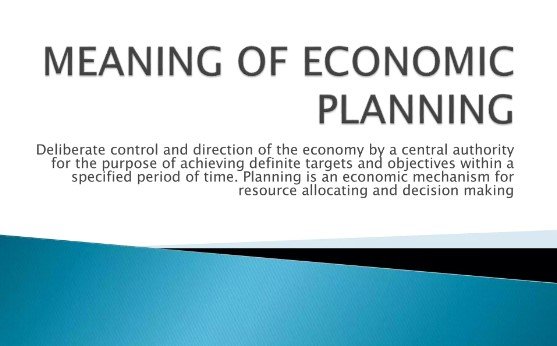AWIP, Economics, GS P6 (Economy, Geography, Environment...)
Q. The major objective of our national planning is to reduce regional inequality and to ensure balanced growth. Why does India fail to achieve this goal?
Despite consistent efforts through national planning, India has struggled to achieve the major objective of reducing regional inequality and ensuring balanced growth. This failure can be attributed to several interrelated factors:

1. Historical and Colonial Legacy
- Colonial Development Patterns: During British rule, development was concentrated in port cities like Mumbai, Kolkata, and Chennai to serve colonial interests, leading to entrenched regional disparities.
- Initial Industrial Concentration: Post-independence, the early focus on industrialization favored certain regions over others, reinforcing historical inequalities.
2. Geographical and Resource Disparities
- Resource Distribution: Natural resources like minerals, water, and fertile land are unevenly distributed. Regions rich in resources, such as Jharkhand and Odisha, attract industries but also face environmental degradation and socio-economic issues.
- Climate and Terrain: Difficult terrains and climates in regions like the Northeast and the Himalayan states hinder infrastructure development and economic activities.
3. Inadequate Infrastructure
- Transport and Connectivity: Poor connectivity in remote and rural areas limits access to markets, education, and healthcare, inhibiting regional development.
- Power Supply: Uneven distribution of reliable power supply affects industrial growth in less developed regions.
4. Economic Policies and Governance
- Inconsistent Policies: State-level variations in policies, governance quality, and ease of doing business create disparities in economic development.
- Political Factors: Political considerations often influence the allocation of resources and projects, leading to imbalances in regional development.

5. Social Factors
- Educational Disparities: Unequal access to quality education across regions results in varying levels of human capital, affecting economic opportunities.
- Healthcare Inequalities: Poor healthcare infrastructure in underdeveloped regions impacts the overall productivity and quality of life, perpetuating poverty and inequality.
6. Industrial and Agricultural Imbalances
- Industrial Concentration: Industries tend to cluster in already developed regions with better infrastructure and skilled labor, such as Gujarat, Maharashtra, and Tamil Nadu.
- Agricultural Challenges: Agriculture remains the primary livelihood in less developed regions, where issues like small landholdings, inadequate irrigation, and poor market access hinder growth.
7. Urban-Rural Divide
- Urbanization Patterns: Rapid urbanization in select cities creates a stark contrast with rural areas, which remain underdeveloped due to limited investment and infrastructure.
- Migration: Rural-to-urban migration exacerbates inequalities, as developed urban areas receive a disproportionate share of investment and resources.
8. Environmental and Ecological Factors
- Natural Disasters: Regions prone to natural disasters like floods, droughts, and cyclones face recurring setbacks, hindering consistent development efforts.
- Environmental Degradation: Industrial activities in resource-rich regions often lead to environmental degradation, impacting livelihoods and health.
9. Institutional Weaknesses
- Planning and Implementation Gaps: Weak implementation of development plans and policies, coupled with bureaucratic inefficiencies and corruption, undermine regional development efforts.
- Coordination Issues: Lack of effective coordination between central and state governments, and among various agencies, hampers the execution of balanced development projects.
10. Socio-Economic Inequities
- Caste and Community Disparities: Social hierarchies and discrimination can limit access to opportunities and resources for marginalized communities, particularly in less developed regions.
- Gender Inequality: Gender disparities in education, employment, and political participation further exacerbate regional inequalities.
Conclusion:

To address regional inequality and ensure balanced growth, India needs a multifaceted approach that includes:
- Strengthening Infrastructure: Investing in transportation, power supply, and digital connectivity in underdeveloped regions.
- Policy Reforms: Implementing consistent, transparent, and business-friendly policies across all states.
- Improving Governance: Enhancing the efficiency and accountability of government institutions.
- Focus on Human Capital: Ensuring equitable access to quality education, healthcare, and skill development.
- Balanced Urbanization: Promoting the development of smaller towns and rural areas to reduce the urban-rural divide.
- Inclusive Growth: Addressing social and gender inequalities to ensure that marginalized communities can contribute to and benefit from economic growth.
Effective planning, coordination, and implementation of these strategies are crucial for reducing regional inequalities and achieving balanced growth in India.


